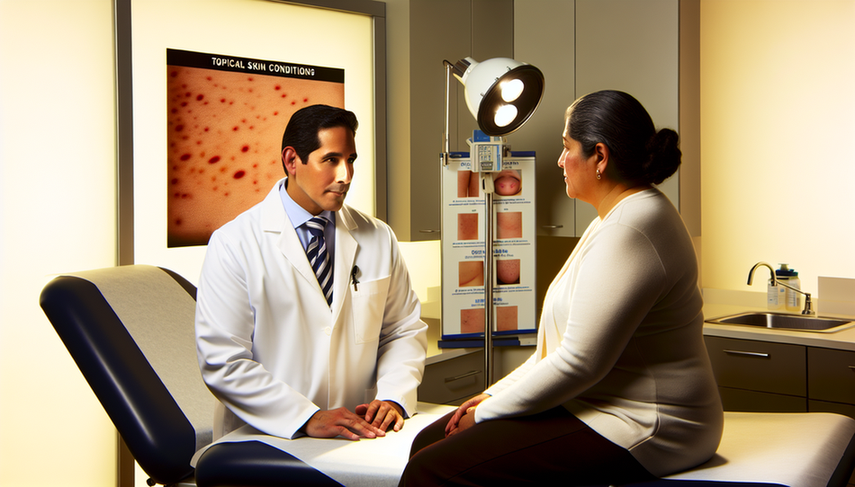Pemphigus Vulgaris vs. Bullous Pemphigoid: Key Criteria for Identifying Blistering Skin Diseases through Biopsy and Immunofluorescence

Autoimmune blistering diseases, such as pemphigus vulgaris and bullous pemphigoid, present a significant diagnostic challenge due to their similar clinical manifestations but distinct pathogenesis. These conditions are characterized by the formation of blisters on the skin and mucous membranes, resulting from the action of autoantibodies directed against structural components of the skin. Accurate identification of these diseases is crucial for appropriate management and patient prognosis.
Diving Deeper into Differential Diagnosis
Pemphigus vulgaris is distinguished by the presence of autoantibodies against desmogleins 1 and 3, which are essential components of desmosomes in keratinocytes. This leads to a loss of cell adhesion, known as acantholysis, resulting in intraepidermal blisters. In contrast, bullous pemphigoid is characterized by autoantibodies directed against BP180 and BP230 antigens at the dermal-epidermal junction, leading to the formation of subepidermal blisters [1].
The diagnosis of these diseases is based on a combination of clinical, histopathological, and immunopathological criteria. Skin biopsy with direct immunofluorescence remains the gold standard for detecting antibody deposits in the skin [2]. Additionally, serological tests, such as ELISA, allow for the identification of specific autoantibodies in the patient's serum, facilitating a more accurate diagnosis [3].
The use of biological agents, such as rituximab, has proven effective in treating these diseases, especially in cases refractory to conventional therapy. However, it is essential to carefully evaluate the risks and benefits of these treatments, given the potential for significant adverse effects [4].
Conclusions
The differential diagnosis between pemphigus vulgaris and bullous pemphigoid is essential for the proper management of patients with autoimmune blistering diseases. The combination of advanced diagnostic techniques, such as skin biopsy and immunofluorescence, along with a personalized therapeutic approach, can significantly improve clinical outcomes. Ongoing research and the development of new therapies offer hope for better management of these complex diseases.
Referencias
- [1] Diagnosis and classification of pemphigus and bullous pemphigoid.
- [2] State-of-the-art diagnosis of autoimmune blistering diseases.
- [3] Serological Diagnosis of Autoimmune Bullous Skin Diseases.
- [4] Systematic Review of Safety and Efficacy of Rituximab in Treating Immune-Mediated Disorders.
Created 6/1/2025
